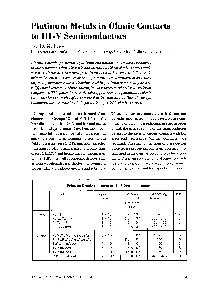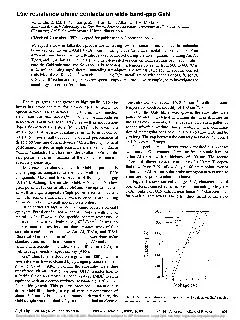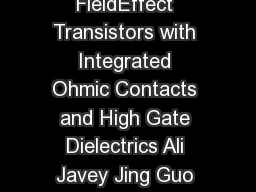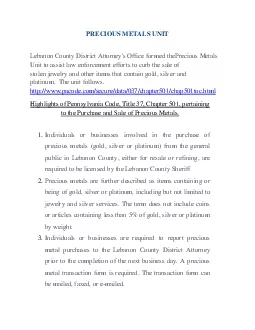PDF-Platinum Metals in Ohmic Contacts to V Semiconductors x x loi x x x loi x x x
Author : alida-meadow | Published Date : 2014-12-18
G Ivey Depart inent of Chemical and Materials Engineering Lliiiverit of A41berta Caiiada 7x105 300350 1 2 25x lo6 300 375 3 6x lob 400 450 3 4x107 400415 4 i lofi
Presentation Embed Code
Download Presentation
Download Presentation The PPT/PDF document "Platinum Metals in Ohmic Contacts to V S..." is the property of its rightful owner. Permission is granted to download and print the materials on this website for personal, non-commercial use only, and to display it on your personal computer provided you do not modify the materials and that you retain all copyright notices contained in the materials. By downloading content from our website, you accept the terms of this agreement.
Platinum Metals in Ohmic Contacts to V Semiconductors x x loi x x x loi x x x: Transcript
Download Rules Of Document
"Platinum Metals in Ohmic Contacts to V Semiconductors x x loi x x x loi x x x"The content belongs to its owner. You may download and print it for personal use, without modification, and keep all copyright notices. By downloading, you agree to these terms.
Related Documents










